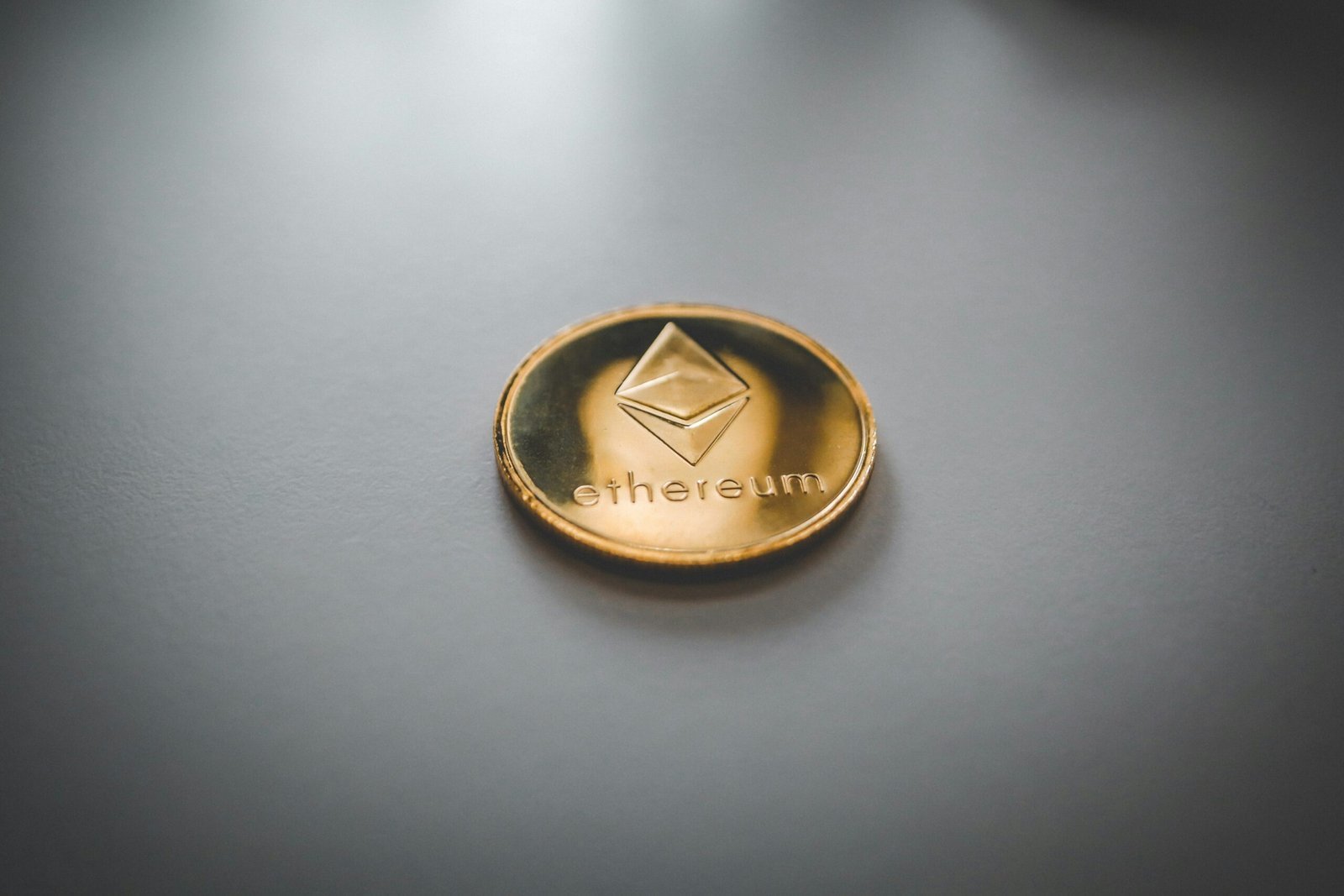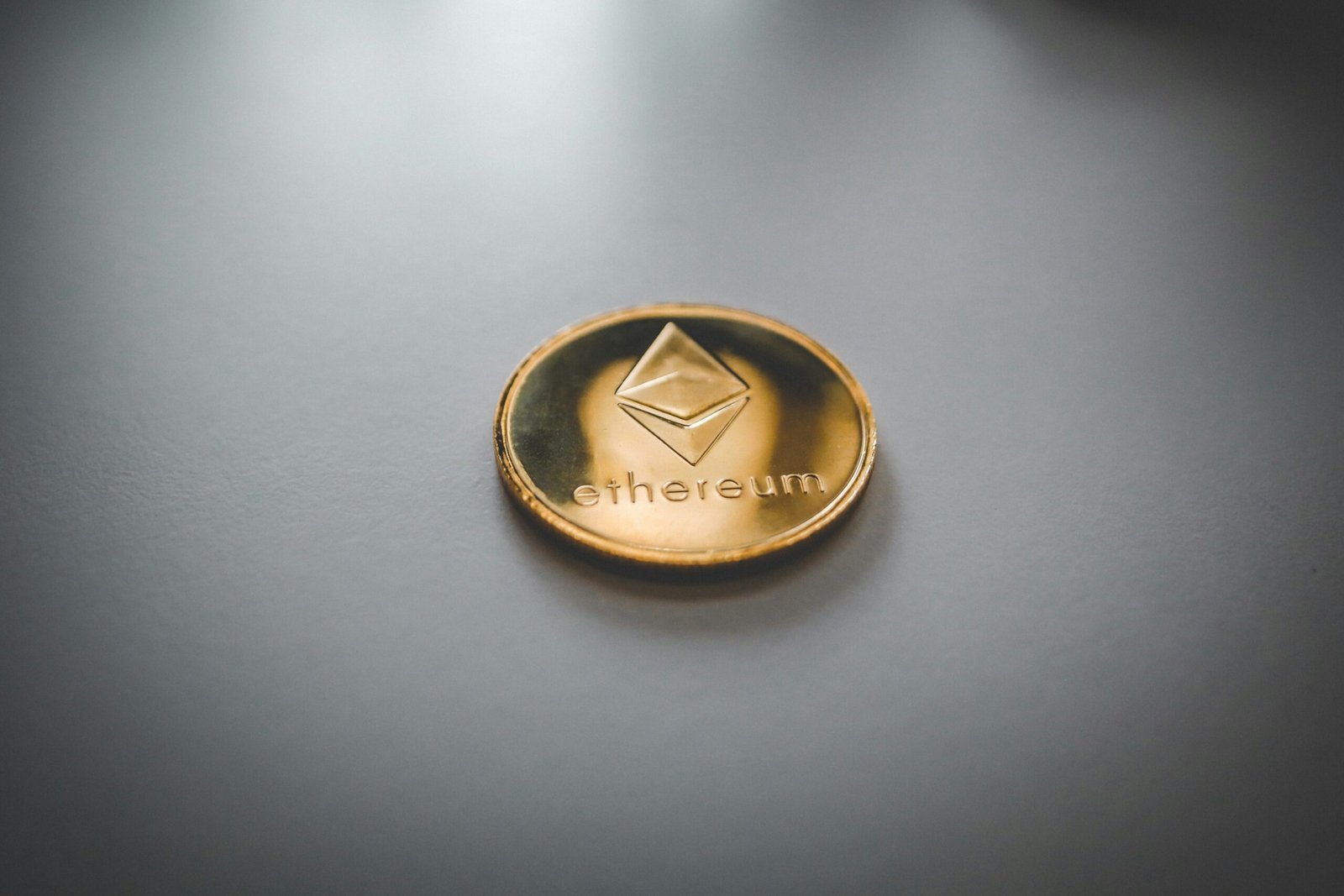
Introduction to BNB
Binance Coin (BNB), the native cryptocurrency of the Binance Exchange, started primarily as a utility token designed to offer users significant discounts on trading fees. This major innovation was first introduced through an Initial Coin Offering (ICO) held by Binance in 2017, which aimed to raise funds to cover operational expenses and development costs. Originally, 200 million BNB tokens were issued, with a portion allocated to the founding team, angel investors, and public participants.
Since its inception, BNB has undergone a transformative journey, moving well beyond its initial application. The token’s intrinsic value has grown in parallel with Binance’s expansion and the diversification of its ecosystem. Binance Coin became integral not only within the Binance platform but also across various decentralized applications (dApps), inclusion in decentralized finance (DeFi) protocols, and more recently, within Binance Smart Chain (BSC).
The expanding utility of BNB has substantially contributed to its increasing appeal and valuation in the cryptocurrency market. Users can now use BNB for several purposes, including transaction fees on Binance Chain, participation in ICOs on the Binance Launchpad, and even making travel bookings and online purchases. Such versatility has helped BNB to not only retain but also attract a wider user base, thereby bolstering its market prominence.
Moreover, Binance implements a quarterly token burn mechanism to regulate the circulating supply of BNB, thereby influencing its scarcity and value. This strategic approach underscores Binance’s commitment to enhancing BNB’s long-term value and sustainability. As BNB continues to evolve, it demonstrates the potential to transcend beyond its original utility token role, signaling a possible rise to prominence in the cryptocurrency hierarchy.
Through this progressive evolution, BNB showcases the dynamic nature of cryptocurrency ecosystems. Understanding its origins, growth trajectory, and expanding use cases set the foundation for a deeper exploration of its potential to dominate the market.
The Rise of Binance and Its Ecosystem
Since its inception in 2017, Binance has rapidly ascended the ranks to become one of the largest and most influential cryptocurrency exchanges in the world. Under the leadership of CEO Changpeng Zhao, the platform has continually evolved, introducing a multifaceted ecosystem that significantly bolsters the adoption and value of Binance Coin (BNB). Binance’s comprehensive suite of platforms and services has created a robust support structure for BNB’s growth, making it integral to the crypto economy.
Central to Binance’s ecosystem is the Binance Smart Chain (BSC), a parallel blockchain to Binance Chain that enables the creation of decentralized applications (dApps) and digital assets. BSC is renowned for its low transaction fees and high processing speeds, attributes that attract developers and users alike. The growing number of projects on BSC directly increases the utility of BNB, as it is used for transaction fees, staking, and other key functions within the network. The integration of BNB within BSC ensures continuous demand and utilization.
Another pillar of Binance’s ecosystem is the Binance Launchpad, an exclusive token launch platform that helps blockchain projects raise funds and increase their user base. The Launchpad has successfully propelled numerous projects, all of which necessitate the use of BNB for token purchases. This not only drives the demand for BNB but also showcases its use case beyond simple trading or speculation, embedding it within the very fabric of emerging blockchain infrastructure.
Binance has also introduced various innovative projects such as Binance DEX, a decentralized exchange, and Binance Academy, an educational platform for blockchain and cryptocurrency enthusiasts. These initiatives, among others, contribute to a holistic ecosystem where BNB does not merely function as a utility token but as a cornerstone currency essential for participating in the Binance universe. As new projects and services are continually incorporated, each requiring BNB in some capacity, the coin’s intrinsic value and market position are further solidified.
Thus, the rise of Binance and its comprehensive ecosystem are pivotal in understanding the sustained growth and increasing adoption of BNB. As Binance continues to innovate and expand its offerings, BNB stands to benefit, potentially positioning itself as the next king of cryptocurrency in the market.
Tokenomics and Utility of BNB
Binance Coin (BNB) operates on a robust tokenomics model that significantly contributes to its stability and growth. At its core, BNB has a maximum supply of 200 million tokens, a figure shielded from inflationary pressures by its structured burn events. Binance conducts quarterly burns, where a portion of BNB is permanently removed from circulation. This deflationary mechanism helps to maintain, and potentially increase, the token’s value over time. The goal is to eventually achieve a total supply of 100 million BNB.
The utilities of BNB span far beyond merely serving as a means for fee discounts on the Binance exchange, although this remains one of its foundational uses. BNB’s integration into decentralized finance (DeFi) applications has been particularly influential. Holders can utilize BNB for lending, borrowing, and earning yields on numerous DeFi platforms. This involvement in DeFi underscores BNB’s versatility and adaptability in a rapidly evolving financial landscape.
Additionally, BNB is increasingly accepted as a payment method across a wide range of vendors and merchants. From booking travel accommodations to making everyday purchases, the acceptance of BNB as a legitimate payment option continues to grow. This widespread utility enhances the token’s fungibility and positions it as a strong competitor in the broader cryptocurrency market.
Loyalty programs also capitalize on BNB’s flexible use case. For instance, Binance’s Launchpad and Launchpool platforms reward users in BNB, offering exclusive access to new token offerings and staking opportunities. These rewards further incentivize the holding and usage of BNB, bolstering its demand and integration into diverse economic activities.
Overall, the tokenomics and utility of BNB are indicative of its strategic importance within the Binance ecosystem and beyond. By effectively leveraging its deflationary token model and expansive utility across various domains, BNB stands as a promising contender in the cryptocurrency market, potentially positioning itself as a leading digital asset within the industry.
Comparative Analysis with Other Major Cryptocurrencies
As the cryptocurrency landscape continues to evolve, the Binance Coin (BNB) stands out when compared to other major cryptocurrencies such as Bitcoin (BTC), Ethereum (ETH), and Cardano (ADA). Each of these digital assets offers distinct features, yet BNB presents several unique advantages that position it as a strong contender for dominance in the market.
Firstly, when examining technology, BNB operates on the Binance Smart Chain (BSC), which is notably faster and more cost-effective than Ethereum’s blockchain. While Ethereum spearheaded the smart contract revolution, it has faced significant scalability issues. In contrast, BSC has shown impressive transaction processing speeds and lower fees, making it an attractive platform for developers and users alike.
Regarding use cases, Bitcoin is often viewed as ‘digital gold,’ a store of value, whereas BNB has a diverse array of functionalities. Initially created as a utility token for the Binance exchange, BNB’s utility has expanded significantly. Users can leverage BNB for transaction fee discounts on Binance, participate in token sales on the Binance Launchpad, and engage in various decentralized finance (DeFi) applications on the BSC. Such diverse utility makes BNB not just a speculative asset, but a practical tool in the crypto ecosystem.
Community support also plays a critical role. Ethereum, known for its strong developer community and widespread adoption, is now being challenged by the rapidly growing BSC community. Binance’s extensive ecosystem and user base have contributed significantly to the popularity and support of BNB. In addition, BNB has benefitted from strategic initiatives and partnerships spearheaded by Binance, fostering a robust community and ensuring sustained interest and engagement.
From a market performance perspective, BNB has seen remarkable growth, often outpacing its peers. While Bitcoin remains the market leader in terms of market cap and broad recognition, BNB’s strategic positioning in the Binance ecosystem and its multifaceted role enhance its competitive edge. Its impressive performance metrics suggest a promising trajectory.
Ultimately, BNB’s technological advantages, extensive use cases, strong community backing, and robust market performance collectively highlight its potential to emerge as the next predominant cryptocurrency in the market.
Market Performance and Historical Growth
Since its inception, Binance Coin (BNB) has shown a remarkable market performance, positioning itself as a strong player in the cryptocurrency space. Initially launched in 2017 through an Initial Coin Offering (ICO), BNB started with a nominal value. However, in a few years, its price trends have exhibited substantial upward momentum. By the end of 2017, BNB had already proved its potential, reflecting an impressive growth trajectory.
Continuing through 2018 and 2019, BNB’s market capitalization experienced consistent growth, underscoring increasing investor confidence. One notable event was the introduction of BNB’s use within the Binance exchange for trading fee discounts. This utility significantly contributed to its popularity and adoption, leading to an uptick in trading volumes. The coin’s market cap surged from $1 billion in early 2019 to more than $6 billion by the end of the same year, indicating robust demand.
The year 2020 marked a turning point for BNB amidst the global pandemic, where the overall cryptocurrency market saw a surge in interest. During this period, BNB not only maintained its resilience but also witnessed exponential growth in market capitalization and trading volumes. By 2021, BNB’s all-time high prices garnered significant media attention, bringing the spotlight once more onto its growth potential. At its peak in May 2021, BNB neared a market cap of $100 billion, positioning it among the top five cryptocurrencies globally.
Analyzing the historical growth and investor sentiment, it is evident that BNB has captured and sustained a strong market interest. The correlation between BNB’s price trend, increased trading volumes, and rising market capitalization provides a clear indication of its potential future performance. Investors and market analysts consider BNB’s historical trajectory as a benchmark for its long-term value proposition, maintaining cautious optimism for its continued ascendancy in the cryptocurrency market.
Strategic Partnerships and Adoption
BNB, Binance Coin, has steadily risen in prominence, largely due to its strategic partnerships and widespread adoption by numerous entities both within and outside the cryptocurrency industry. This significant market presence can be attributed to collaborative efforts with leading fintech companies and seamless integrations with various payment gateways, enhancing its utility and accessibility.
Several key partnerships have reinforced the credibility and reach of BNB. Collaborations with high-profile fintech firms have paved the way for innovative financial instruments and services. For instance, Binance’s integration with Visa has enabled users to spend their BNB in millions of locations worldwide. Such integrations not only bolster the currency’s usability but also foster trust among users and investors.
Beyond fintech, BNB has been embraced by a myriad of merchants globally. This acceptance has led to BNB being used in everyday transactions, further embedding it into the fabric of the global economy. Notable merchants such as TravelbyBit and Crypto.com allow consumers to book flights, hotels, and other travel-related services using BNB, showcasing its versatility beyond the digital asset trading space.
Payment gateways like CoinGate and NOWPayments have also integrated BNB, facilitating its use in online retail and e-commerce. This broad adoption amplifies the currency’s visibility and underscores its role as a viable medium of exchange. By positioning itself as a preferred choice for payments, BNB continues to bridge the gap between traditional finance and the burgeoning crypto ecosystem.
The increasing list of notable entities using BNB highlights its broader acceptance and the level of trust it has garnered within the market. These strategic alliances and adoption rates exemplify how BNB is not just another digital token but a robust currency experiencing exponential growth and integration. As BNB continues to forge pivotal partnerships and achieve greater adoption, its standing in the cryptocurrency market is poised to strengthen even further.
Challenges and Risks
While BNB has shown remarkable growth and potential within the cryptocurrency market, it is essential to consider the challenges and risks that could impede its path to dominance. One primary concern is the regulatory landscape. As governments around the world continuously adapt their regulations concerning cryptocurrencies, BNB faces the possibility of stringent regulations that could affect its trading and usage. Regulatory uncertainty can create apprehension among investors, potentially impacting BNB’s market performance.
Market volatility is another significant risk factor. Cryptocurrencies are inherently volatile, and BNB is no exception. Price fluctuations can be drastic and can happen within a short period, making it a risky investment. Although volatility opens opportunities for profit, it equally increases the likelihood of substantial losses, thereby presenting a considerable challenge for BNB’s sustainability and adoption.
Competition is also a vital aspect to consider. BNB competes with numerous other cryptocurrencies, each vying for market share. Prominent players like Ethereum, Bitcoin, and emerging projects continually innovate and improve their platforms. The competitive landscape necessitates that BNB remains agile, consistently evolving and innovating to maintain its standing and appeal to users and developers alike.
Moreover, technological vulnerabilities present another layer of risk. The security of blockchain technology is paramount, yet it is not infallible. Security breaches, such as hacking incidents or software bugs, could compromise user trust and the overall integrity of the platform. Binance, the parent company of BNB, must prioritize robust security measures to mitigate such risks and ensure user confidence.
Understanding these challenges and risks gives a more balanced perspective on BNB’s potential in the cryptocurrency market. Although promising, the path to becoming the market leader is laden with obstacles that require strategic navigation.
Future Prospects and Conclusion
The future prospects for BNB, Binance’s native cryptocurrency, are anchored in the token’s innovative features, burgeoning ecosystem, and strategic growth initiatives. Market experts posit that BNB has a promising trajectory due to its multifaceted utility within the Binance Exchange, including transaction fee discounts, participation in token sales, and more recently, its usage in decentralized finance (DeFi) applications.
One of the key factors driving BNB’s potential upward trajectory is Binance’s continuous evolution and expansion in the cryptocurrency landscape. Binance Smart Chain (BSC), an independent blockchain geared towards developing decentralized applications and digital assets, stands as a testament to the platform’s forward-thinking approach. BSC offers high performance, low transaction fees, and interoperability, making it a compelling alternative to Ethereum, which has faced congestion and high costs.
Moreover, the strategic ‘token burn’ mechanism employed by Binance further enhances BNB’s scarcity and value proposition. By periodically reducing the total supply of BNB, Binance ensures a deflationary model, which can have a favorable impact on the token’s long-term price stability and growth. Metrics from past token burns have consistently shown a positive correlation with price upticks.
Experts also emphasize the importance of mainstream adoption and user engagement for BNB’s enduring success. As Binance continues to navigate regulatory landscapes and foster partnerships, BNB is poised to attract a wider audience, thereby reinforcing its market position. The introduction of new financial products and services, coupled with Binance’s commitment to security and compliance, could further consolidate BNB’s stature in the crypto sphere.
Conclusion
In conclusion, BNB’s future in the cryptocurrency market appears robust and promising. The combination of innovative blockchain technology, strategic financial incentives, and a growing ecosystem tips the scales in BNB’s favor. While the cryptocurrency market is inherently volatile, BNB’s sustained adoption and Binance’s dynamic approach position it well for potentially becoming the next dominant player in the crypto market. As we continue to monitor these developments, stakeholders can remain cautiously optimistic about BNB’s ascension in the digital currency hierarchy.


